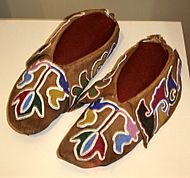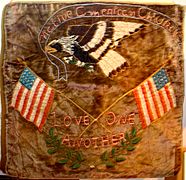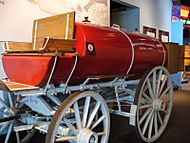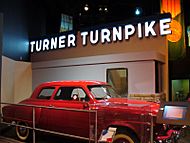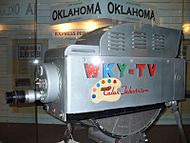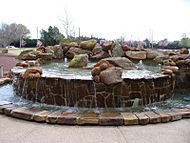Oklahoma History Center facts for kids
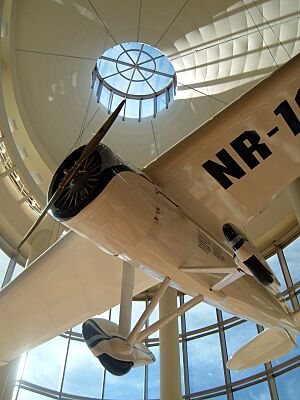
The Oklahoma History Center (OHC) is a cool museum in Oklahoma City that tells the story of Oklahoma. It's like a giant history book you can walk through! The museum opened in 2005. It is run by the Oklahoma Historical Society. You can find it on a big piece of land, about 18 acres, right across from the Governor's mansion.
Contents
Discover Oklahoma's Past: Museum Galleries
The Oklahoma History Center has many exciting rooms, called galleries. Each gallery shows a different part of Oklahoma's amazing history.
Inasmuch Foundation Gallery: Culture and Fun
This gallery explores Oklahoma's culture and arts. You can learn about different traditions and see how people express themselves. It also covers sports, radio, and television. You might even see things from old Wild West shows!
ONEOK Gallery: Native American Stories
The ONEOK Gallery is all about the 39 American Indian tribes in Oklahoma. It shows how their history connects to today. You can see ancient tools, listen to tribal music, and view beautiful art. There are also stories told by tribal members themselves.
Kerr-McGee Gallery: Industry and Innovation
In this gallery, you can see parts of an old riverboat from the 1830s. It was found in the Red River! You'll also learn about Oklahoma's business history. There's even a cool 3-D model of an oil derrick. This section also shares stories about African American experiences. It covers military history and how people traveled long ago.
Noble Foundation Gallery: Life on the Land
This gallery teaches you about farming and ranching in Oklahoma. You can learn about the Dust Bowl, a time when dust storms covered the land. It also shows how people claimed land during the famous land runs. You'll see exhibits on government, fashion, and even old kitchens. Plus, you can learn about Oklahoma's weather.
Gaylord Special Exhibit Gallery: Oklahoma in Space
Get ready for an out-of-this-world experience! This gallery has the Skylab 4 command module. This is a real spacecraft! You can also see items from Oklahomans who went to space. These include flight suits and personal belongings from astronauts like Gordon Cooper and Shannon Lucid. There are even two real Moon rocks on display. One is from Apollo 11 and the other from Apollo 17.
Special Events: History Day Competition
Each year, the Oklahoma History Center hosts the Oklahoma State Level History Day Competition. This is a big event for middle and high school students. They create projects like documentaries, websites, or exhibits. These projects are about historical topics related to a yearly theme. Students who do well can even go on to a national competition!
Gallery
-
Arapaho leggings and moccasins, around 1910
-
Otoe-Missouria beaded moccasins, around 1880
-
Shawnee Native American Church altar cloth
-
Standard Oil tank truck
See also
- List of historical societies in Oklahoma



